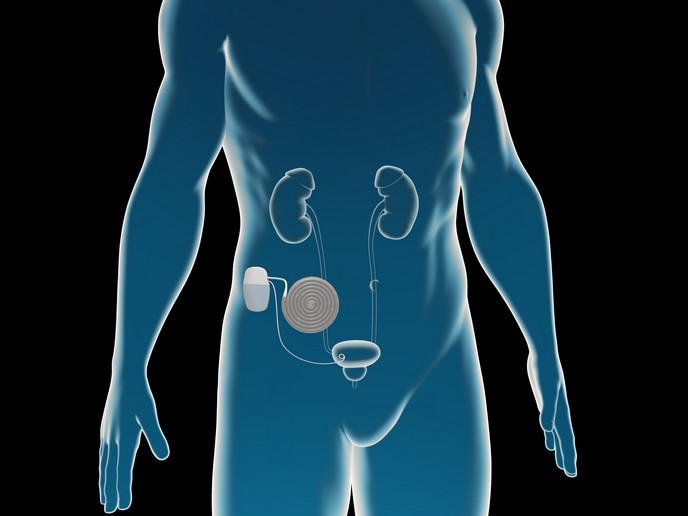STAT-ON TM : wearable device records Parkinson’s symptoms in real time
Cardinal PD symptoms include movement problems, complete freezing, as well as hidden non-motor symptoms. These symptoms come and go throughout the day but the current methods for identifying these changing periods do not provide sufficient information for effective disease management.
A wearable device for monitoring PD symptoms
The EU-funded PARK-IT 2.0(opens in new window) project developed a small wearable device for the continuous monitoring of patients’ movement patterns. “The STAT-ON device monitors objectively the PD motor symptoms, offering a complete map of their distribution and severity,″ explains project coordinator Daniel Rodríguez-Martín. Currently, patient evaluation is based on patient diaries and standard questionnaires that only offer a static and subjective overview of the condition, rather than a continuous and dynamic analysis. Moreover, healthcare professionals and caregivers do not monitor day-to-day fluctuations in PD symptoms since patients are examined once or twice a year. The STAT-ON TM system is totally autonomous, worn comfortably on the patient’s waist and contains a communications unit that transfers the motor assessment results to an external mobile device. The device is charged wirelessly and is waterproof. Advanced machine learning algorithms analyse the inertial information and identify the specific PD symptoms (bradykinesia, dyskinesia, freezing of gait or motor fluctuations). The sensor data is presented in a report which is then used by healthcare professionals to take informed and improved decisions towards disease management. In Europe, PD healthcare costs exceed EUR 11 billion with most being spent on caregivers and inpatient support. Obtaining precise and objective information of PD motor symptoms through the STAT-ON device will help to enhance the service provided by the hospital, improving therapy and hence the quality of life of patients.
Evaluation of the STAT-ON TM device
STAT-ON TM development was undertaken in close collaboration with several Parkinson’s associations and hospitals. Physicians, health professionals, caregivers, and patients provided invaluable feedback and helped optimise the functionality of the device. An ongoing pilot study in Spain involving 150 patients in 44 different hospitals is testing the device and evaluating the STAT-ON TM monitoring capacity across other disease-evaluating methods. Project partners are also running private pilots with pharmaceutical companies to evaluate medication or other second-line therapies such as deep brain stimulation. According to Rodríguez-Martín, “neurologists’ feedback is very encouraging and the results of the sensor are in accordance with the expected patient profile while they provide unprecedented information on symptom distribution.″
Future prospects
The STAT-ON TM device has obtained an EC Certificate as a medical device, successfully passing all technical and clinical tests, and the prototype is ready for industrialisation. “This guarantees the quality of the device giving confidence to main users,″ emphasises Rodríguez-Martín. The coordinating company SENSE4CARE SL is working with pharmaceutical and medical device companies to commercialise the STAT-ONTM device in European countries and create confidence in the sector. Future plans include the integration of the device onto a platform that will help evaluate the evolution of disease in an objective manner. The team is also working in other algorithms, such as dyskinesia severity. Such analysis will improve long-term treatment and disease prognosis. An improved version based on the feedback received in pilots is also being planned.







